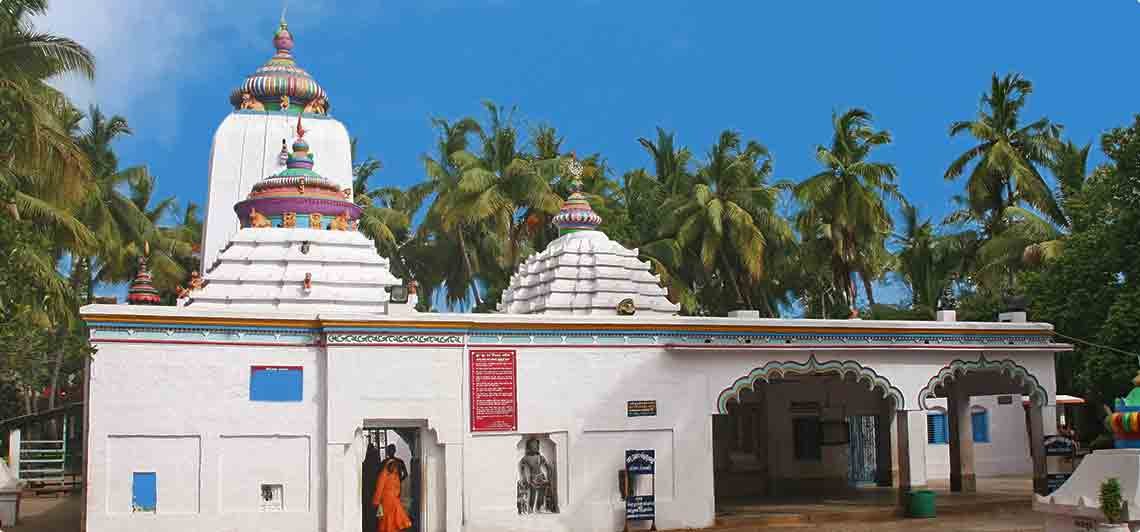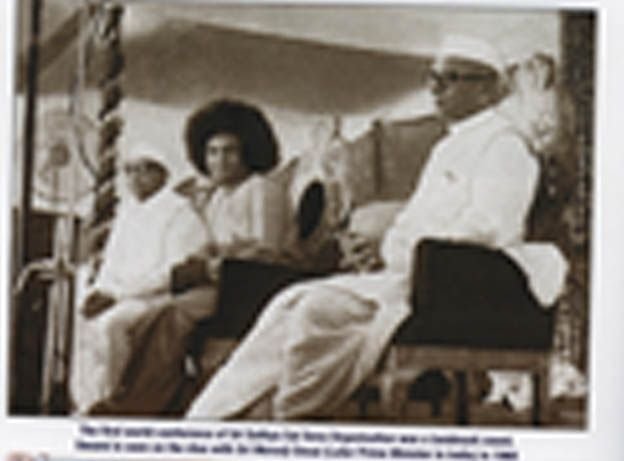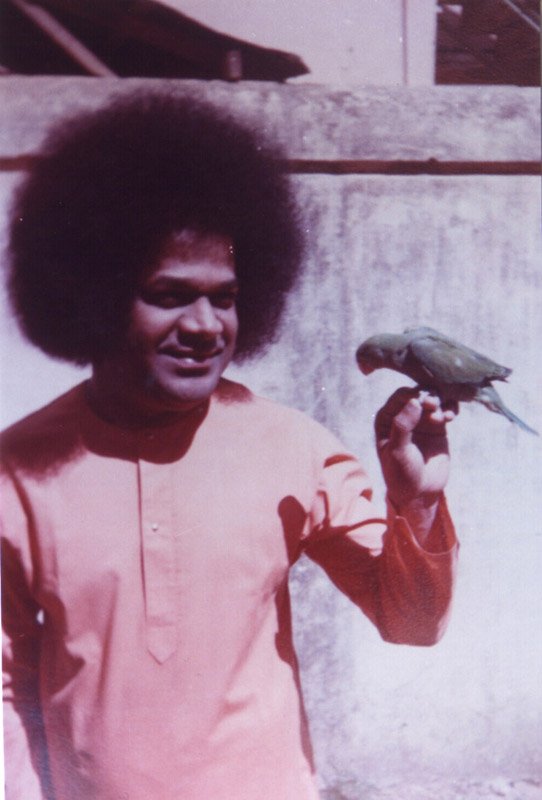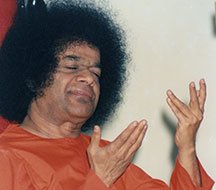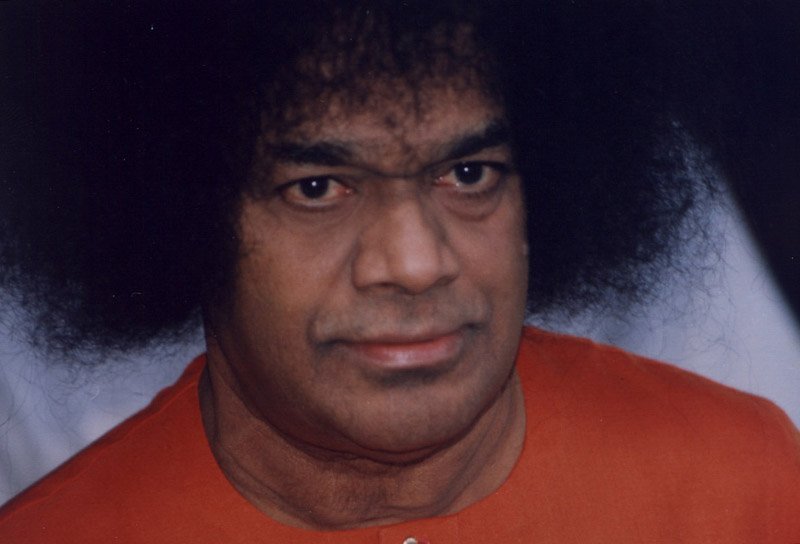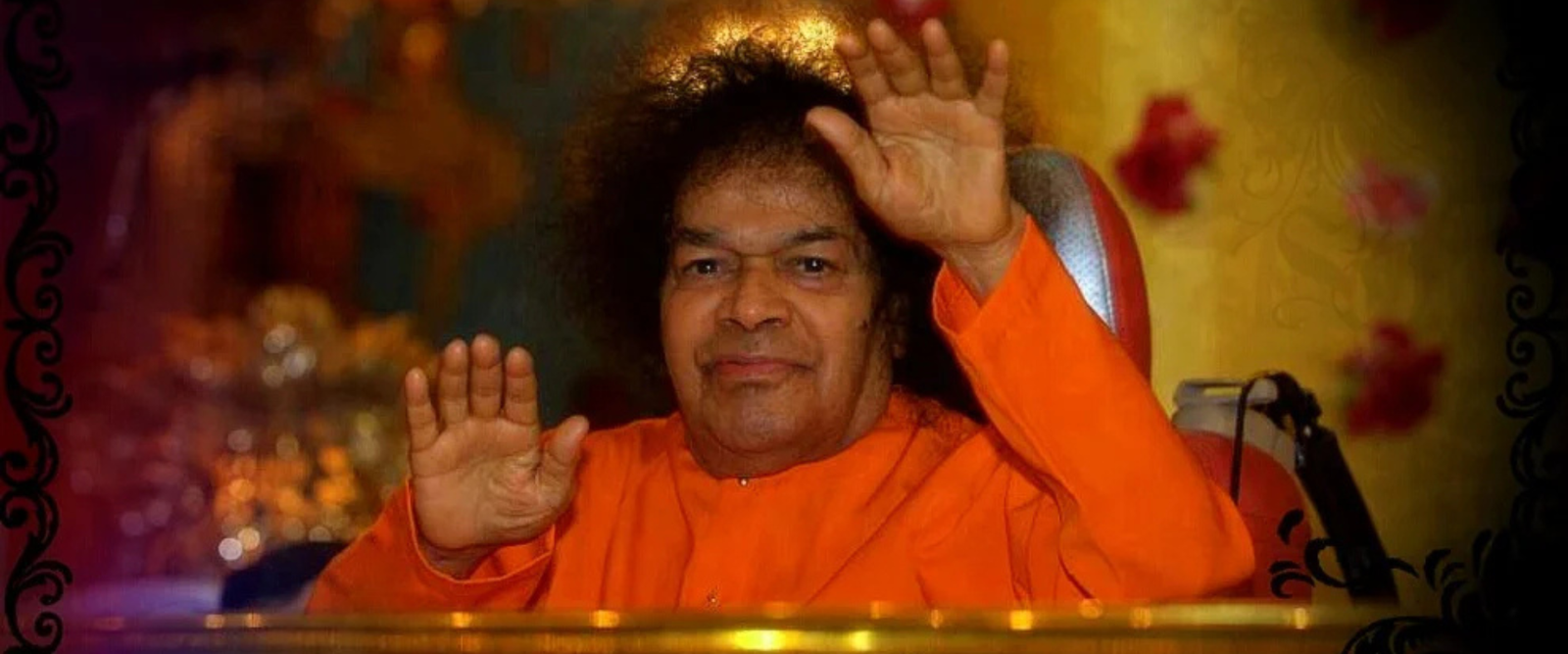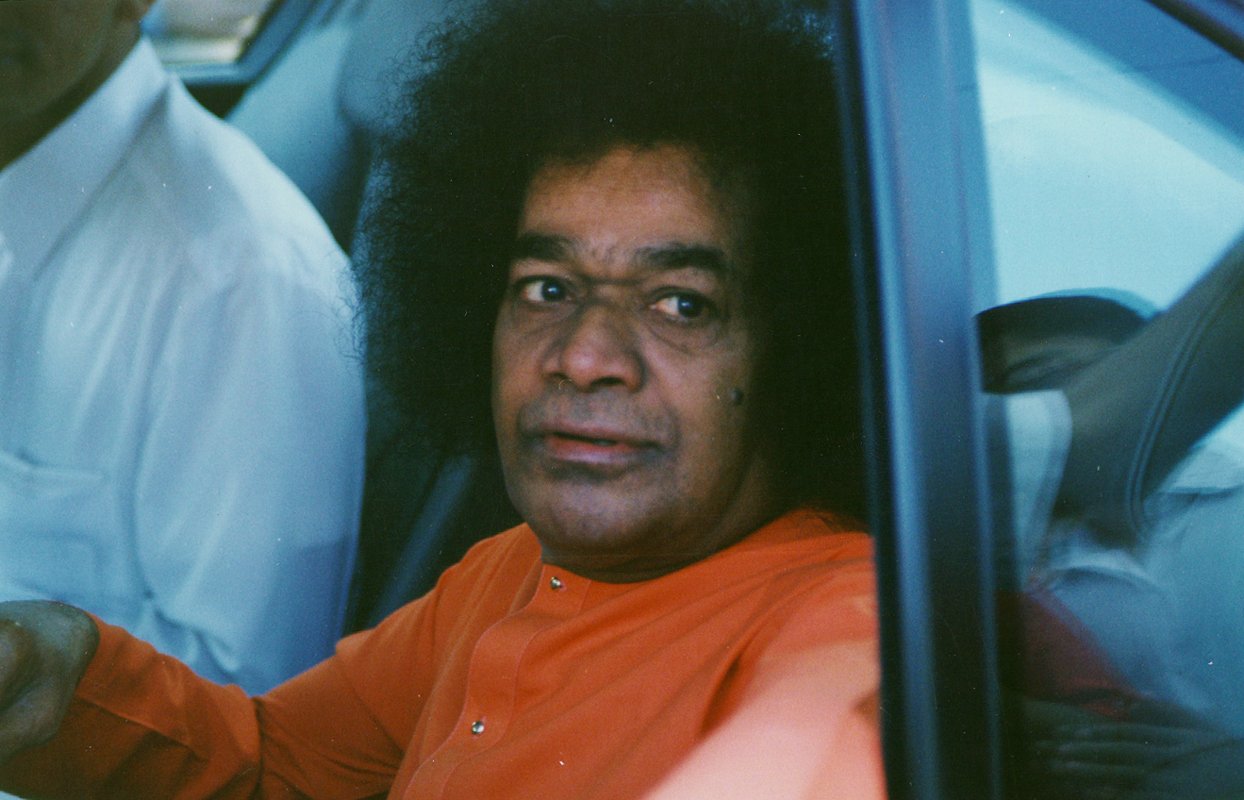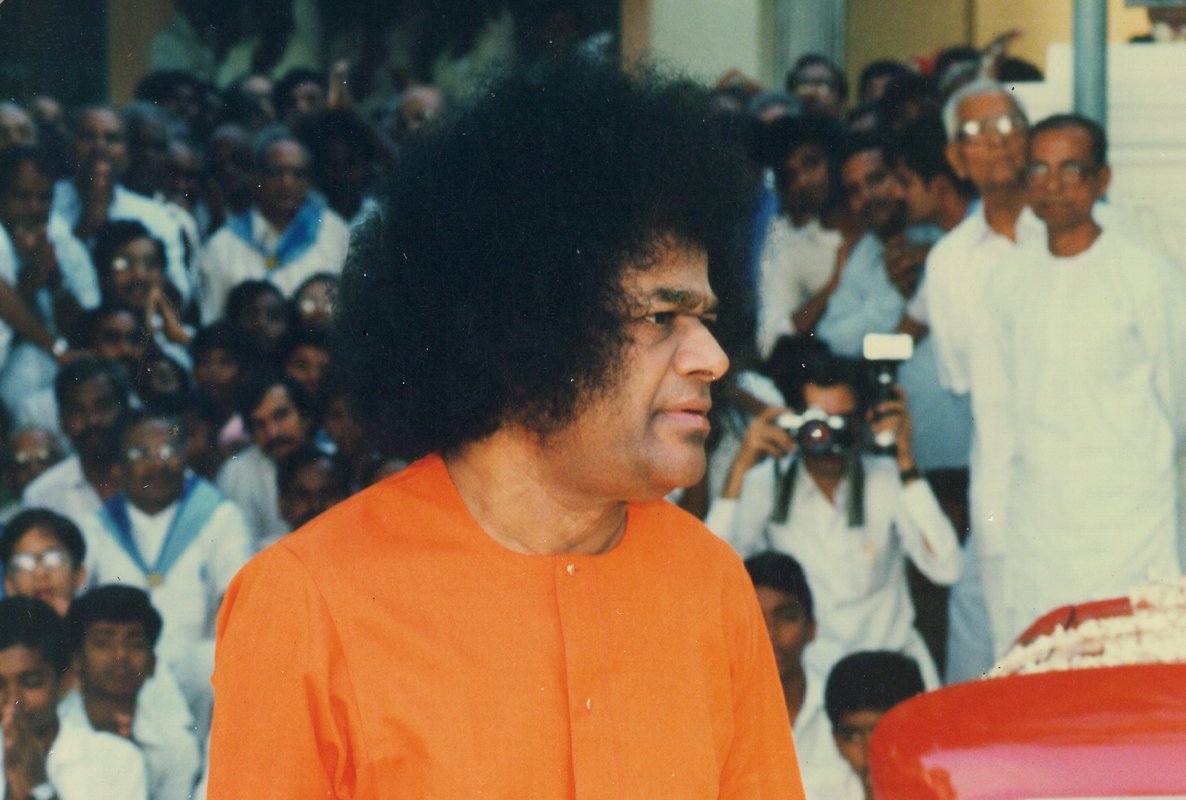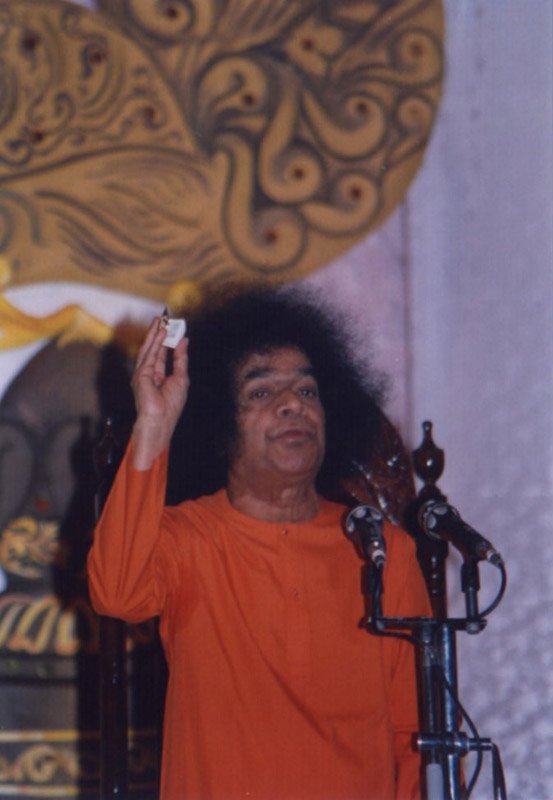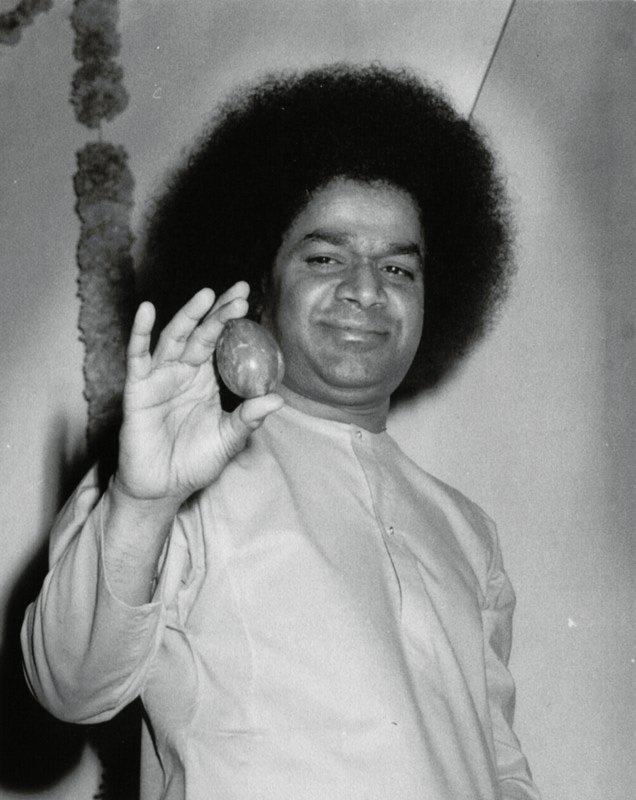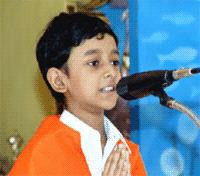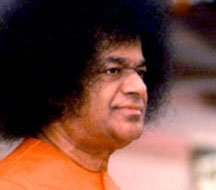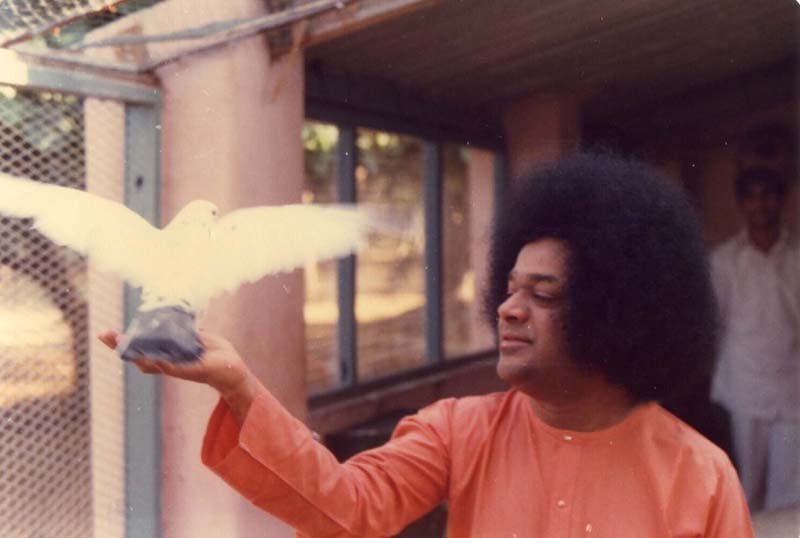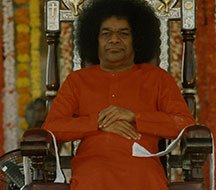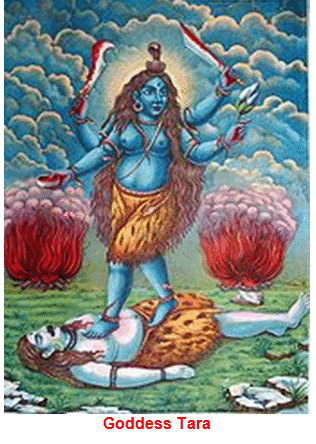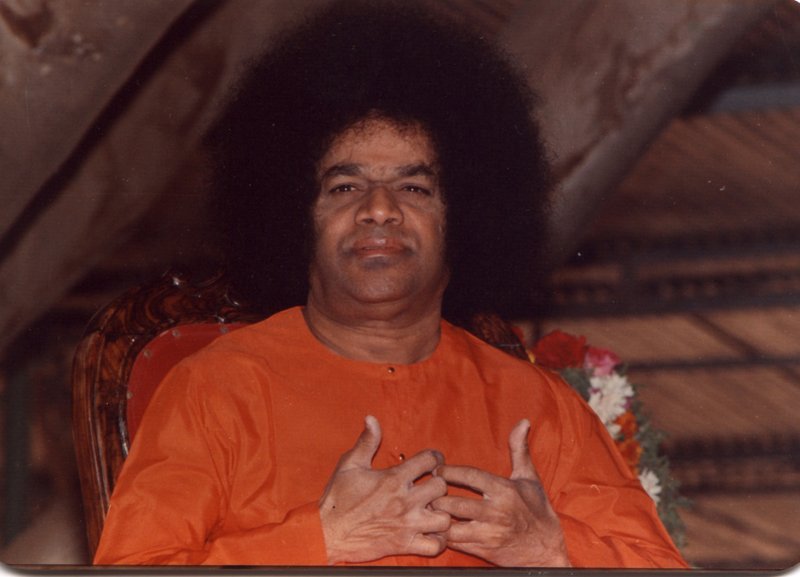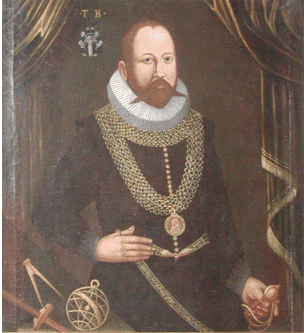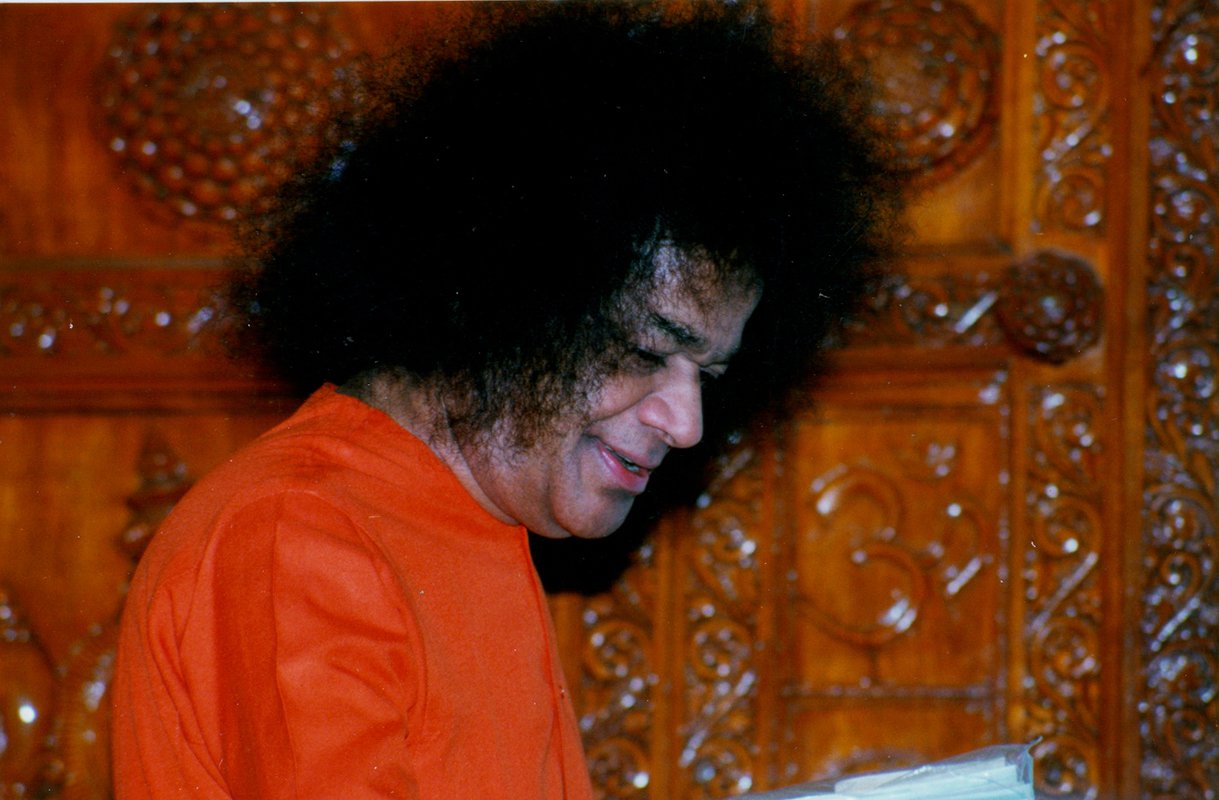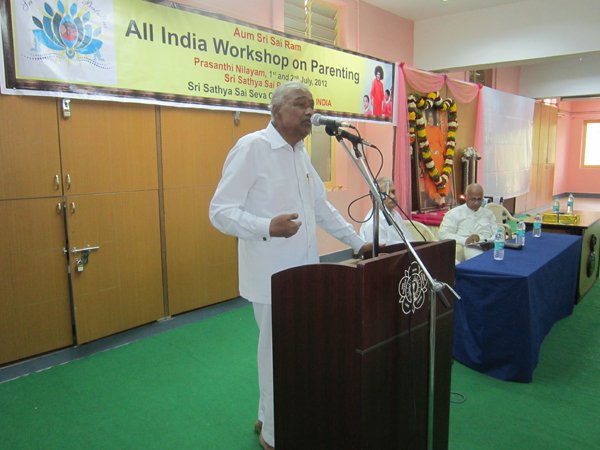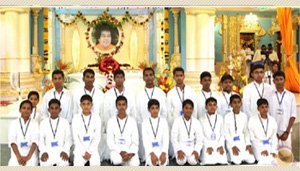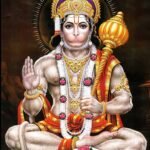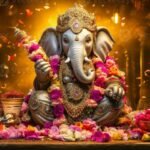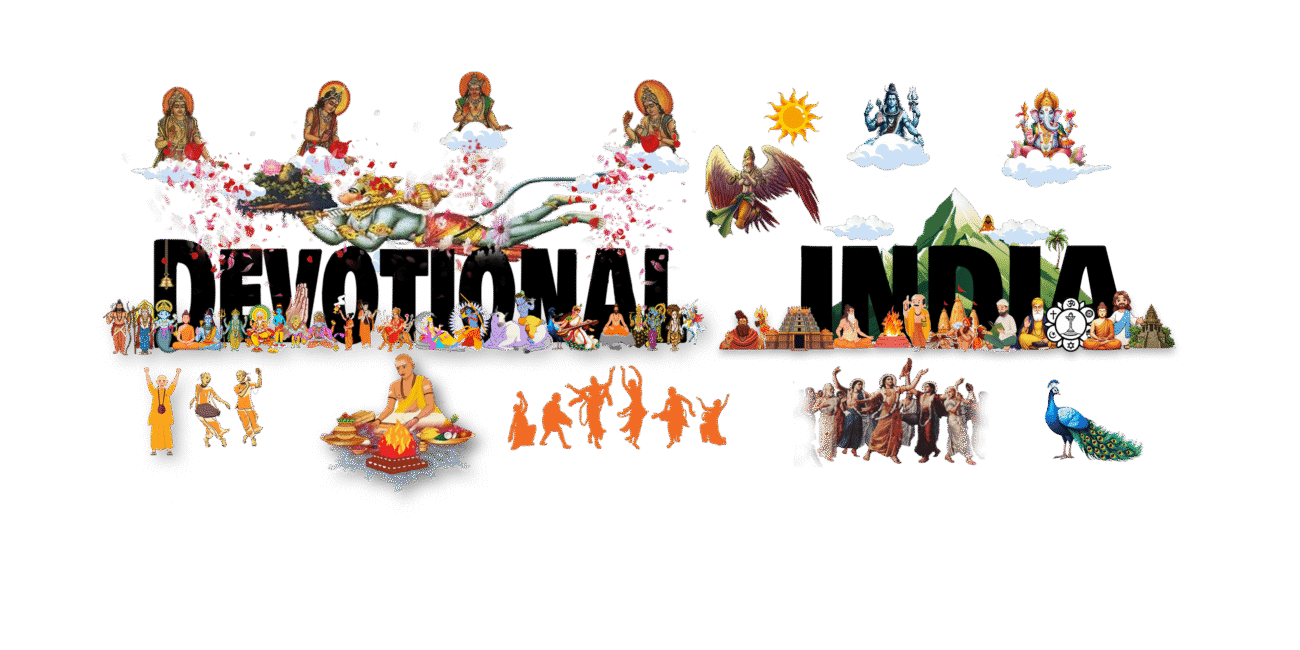
This site is believed to be the place where the left arm of Goddess Sati fell. The goddess is worshipped here as Bahula Devi, which means “the Magnificent One” or “She Who is Abundant,” and Lord Shiva is worshipped here as Bhiruk or Bhirukeshwar Bhairava

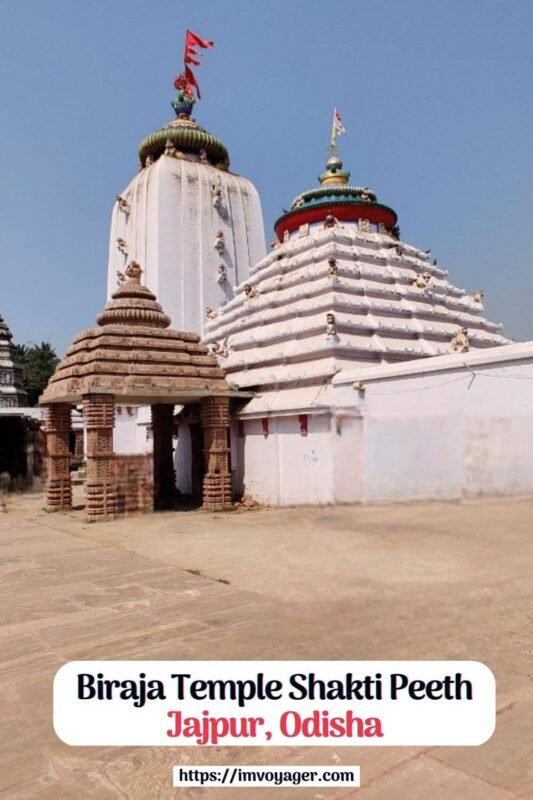

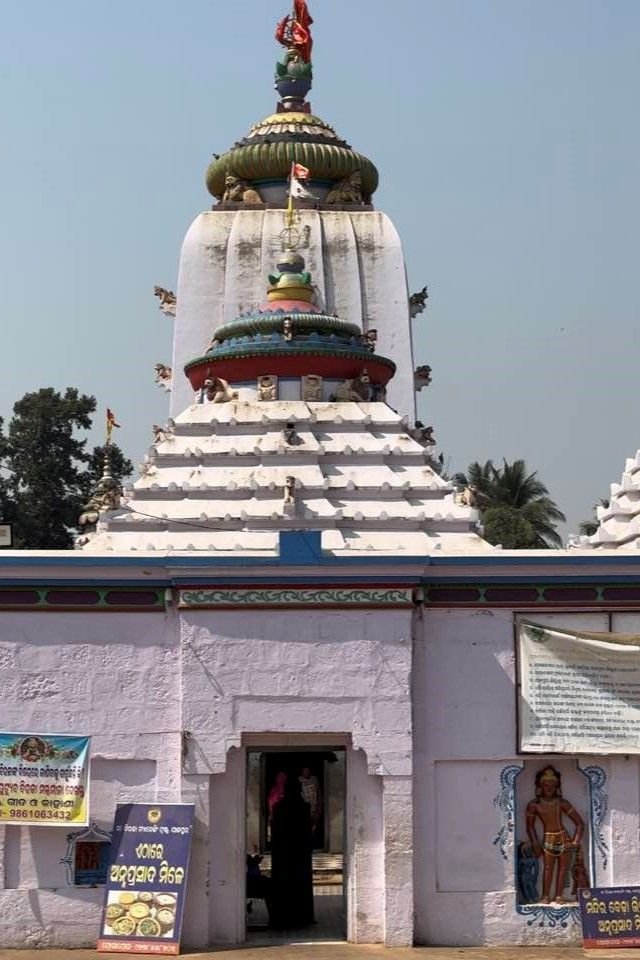

Architecture of the Temple


The Biraja Temple is a classic example of Kalinga-style temple architecture with a towering rekha deula (shikhara) and intricate stone carvings. Built in the 13th century, it reflects strong elements of Odisha’s temple design heritage.
Notable Features:
A sacred well inside the temple is used for ritual purification before performing rites.
The idol of Maa Biraja is about two-armed and 8 feet high, seen killing Mahishasura by piercing him with a spear and pulling his trunk with her hands.
A lion (her vahana) is also seen attacking the demon, symbolizing divine power.
The temple complex also houses 108 smaller shrines dedicated to various deities, saints, and aspects of Devi.
Temple Timings
